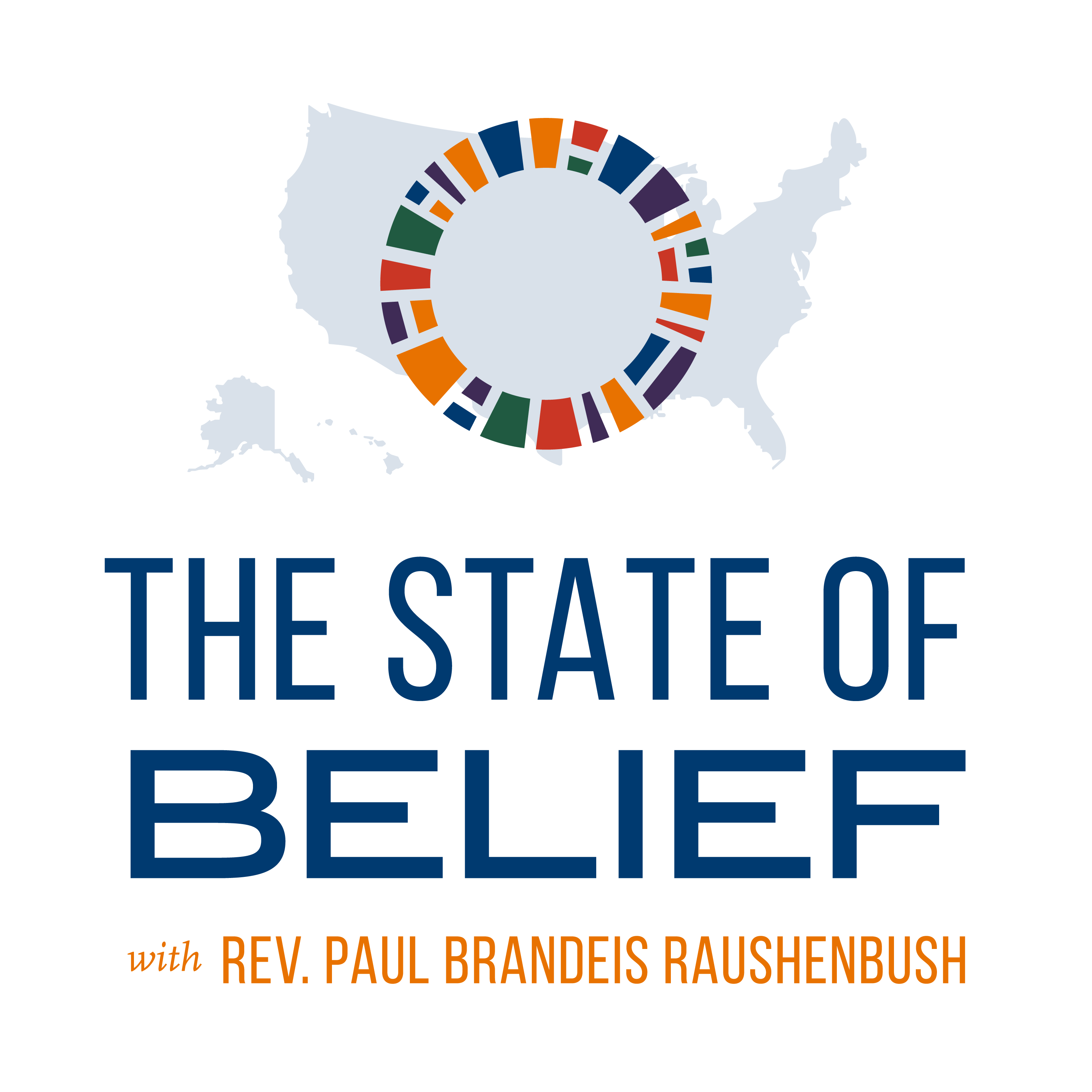In anticipation of oral arguments in the Supreme Court marriage equality cases, clergy across the country are giving sermons this weekend on the religious call to marriage equality. If you or a religious leader in your community is speaking about marriage equality this weekend, share the sermon with us by emailing info@interfaithalliance.org
Next week the Supreme Court will hear arguments in Obergefell v. Hodges, the case that could decide once and for all whether every state in the nation must recognize and perform same-sex marriages. The legal questions at issue seem almost simple, even to those of us without a legal education. The First Amendment’s promise of religious freedom tells us that a state’s decision to grant a marriage license or not cannot be motivated by religious doctrine; the Fourteenth Amendment ensures that we are all treated equally before the law, regardless of our identity.
But because the legal questions are relatively easy, and appear to be mostly settled, I’m asking us to do something harder. It is one thing to find within our legal code the ability to grant same-sex couples equal status in our courts, it’s another to find within our religious traditions and histories the ability to grant same-sex couples equal status in our hearts and communities.
We all read Scripture selectively. It is impossible not to do so – whether it is the Bible, the Quran, the Bhagavad-Gita or the Book of Mormon, some part of the sacred word will speak with greater urgency to you than another. It is true even of those who do not believe the words of sacred text. It is inevitable that they will look for some verse or parable that will justify their disbelief.
It is not my purpose to challenge your faith with these words. Rather, it is my hope that you will celebrate the different ways we understand the mandates of our faith or philosophy. After all, the freedom to consider and embrace a particular way of believing is guaranteed to us as a human right by the United Nations[i] and as a Constitutional right.[ii]
The Supreme Court will hear arguments this week on a subject that was unimaginable a generation ago. May a man marry a man or a woman marry a woman? To answer in the affirmative is to upend one of the presumptions about marriage that have been a part of American society from its inception and that have been a part of religious traditions for much longer than that.
I don’t want to dismiss out of hand the mantra of most religious communities: we’ve always done it that way. After all, a reliance on tradition and continuity of practice and philosophy is the mainstay of the life of a faith community. But in order for a community to stay vital, its members must be able to find meaning in that tradition. So I ask you today to think about the purpose of marriage and how your understanding of our tradition applies to this previously unimaginable question that is going to be addressed by the highest court in the land.
In different eras of human history, marriage served multiple purposes. It is almost certainly the way most societies created a sacred and sanctioned circumstance for human intimacy and reproduction. The complicated urges and emotions that accompany sexual attraction were channeled by this arrangement that assigned some measure of exclusivity to two individuals. In some societies, there were multiple partners in a single tribe or household, but marriage took place two people at a time and created a way from people to build families and give expression to their desires.
Marriage also had an economic aspect to it. The collaboration of two householders, usually defined as the male hunter-gatherer and the female nurturer and homebody, created identifiable economic units that became the building blocks of community. Parents were not expected to support their children indefinitely. At age 15 or 21 or 26, children would become self-sufficient, just as their parents had before them.
Marriage had a political function as well. Royal families built dynasties, landholders built real estate empires, business owners built networks, scholars and stevedores and seamstresses found like-minded and like-hearted partners to advance their cause and prestige. Families could arrange for an appropriate match for a child that would benefit everyone involved in a very practical way.
There are plenty of other purposes that marriage served in the past. But in most communities, nobody thinks of marriage anymore as being motivated by politics, economics or the control of physical urges. Indeed, all of the other purposes of marriage still exist, but the essential aspect of marital partnerships in every tradition is love. Marriage may begin with love or it may develop into love, but without love, there is no marriage. Marriage is to sanctify love.
Our tradition has evolved in its understanding of marriage over the course of its long history. It has also evolved in its understanding of the nature of the human being, the differences between men and women, the relative place of the earth in the cosmos, and so many other matters that were, at one time or another, central to the understanding of our faith. Roman Catholics had Galileo, Jews had Spinoza, and Muslims had Rumi whose divergence from doctrine was outrageous in its day but later became a source of pride. The very nature of Sikhism, Baha’i and Mormonism challenged the religious ethos from which they grew, yet today boast their own deeply ingrained truths and established religious traditions.
Human attraction is another such frontier. In our lifetimes we have crossed into realm of possibility that once existed only on the other side of a border of faith. And what we have discovered in that new frontier is the same lesson our ancient traditions have held as basic: love is Godly. Not everything that imitates love is Godly, but real love, the love that carries with it deep and abiding commitment, is Godly. To love in a Godly way to embrace holiness. To refuse to love in a Godly way is to frustrate the image in which we were created. Marriage affirms holiness. Without the possibility of marriage, we frustrate the very image in which we were created.
I contend that this lesson rests at the foundation of our faith. It is not some gossamer romantic notion experienced on a moonlit beach. Love is powerful, demanding, respectful and committed. It is what motivated the lessons handed to us in Scripture. It is the context of every text and the subtext of every text. Everything else is commentary, and therefore nothing else carries the same authority. A verse plucked from here and another plucked from there is text without context. A teaching applied to deny love reveals a subtext that is anything but love.
I know that for some of us, marriage equality feels like a no-brainer. I know that for some of us, marriage equality feels as wrong as anything we can imagine. What the Supreme Court decides later this year will determine the law, but it will not determine your feelings. But if you want those feelings grounded in the values of our faith tradition, then let me commend to you that you hold them up against the foundational message of our faith: in the end, God loves you and expects you to love each other.
[i] UN Universal Declaration of Human Rights, Article 18 http://www.ohchr.org/EN/UDHR/Documents/UDHR_Translations/eng.pdf
[ii] US Constitution, Amendment I http://www.archives.gov/exhibits/charters/bill_of_rights_transcript.html





